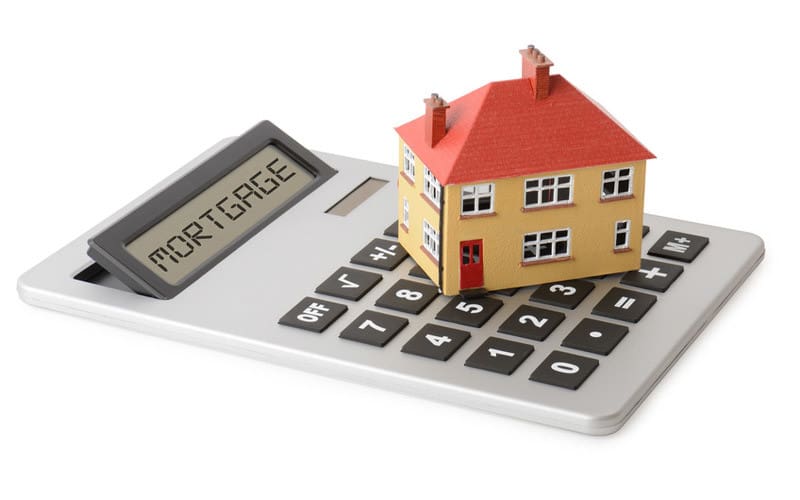Quick Guide to Fixed & Floating Rates, and SIBOR & SOR
When buying a home or property for investment, choosing the right location and development is not the end of the decisions you will have to make. Deciding on the mortgage deal that is best for you and your circumstances can often be as difficult and complex as finding a home itself. Here we take you through the different terms, options and the pros and cons of each.

Fixed or Floating Rates
The first thing you will need to decide upon when getting a mortgage is whether to go for a fixed or floating rate, and the clue to what these are is very much in the name. Fixed rates are ones where you are given a set interest rate for a number predetermined period of time – usually 2, 3, 4 or 5 years. The amount you pay each month will not vary over that period, regardless of what goes on in the economy and what happens to the actual interest rates.
Floating rates on the other hand are not fixed for a period of time, but will rise and fall in line with the interest rates. There are different types of floating rates – i.e. what interest rates they are tied to, and these are covered below.
The advantages of the fixed rate is that it makes it easy to plan and budget for, as you know, whatever happens, what you will need to pay on a monthly basis. This is not the case with floating rates, and sudden and dramatic increases in the rate, could mean that the affordable home you chose, is no longer so. The advantages that floating rates have over fixed ones are that they are usually cheaper, as banks often charge a premium for fixed rate mortgages. Also, if the interest rates do fall, you will gain no benefit from this if you are on a fixed rate.
After your fixed rate period ends, you will automatically be placed on a floating rate until you decide whether you want to go fixed rate again. It is therefore advisable to start the decision process well before the end of your term.
Types of Floating Rates
There are generally three types of floating rates that your bank will offer you. The first of these is the Internal Board or Variable Rates, and though we won’t go into the whys and why nots here, they tend to offer way higher rates, and therefore don’t represent good value for the borrower. We will therefore concentrate on the other two options, namely SIBOR and SOR.
SIBOR – Singapore Interbank Offered Rate, is the rate used by Singapore banks when lending or borrowing from each other and is administered by the Association of Banks in Singapore (ABS). Every day, the rates from 17 banks are ranked by Thomson Reuters, the upper and lower quartiles are taken away, and the remaining 8 or more rates are then averaged to give that day’s SIBOR. Most loans are usually offered at a 1, 3, 6 and 12 month basis, which means they use the SIBOR at the first day of the corresponding month, as opposed to changing on a daily basis. The bank then adds a “spread” – its margin on top, and it is this spread that differentiates the packages each bank offers. SIBOR is the most popular package by far in Singapore for people taking out home loans.
SOR – Swap Offer Rate, are similar but are based on the foreign exchange rate between the US and Singapore dollar. Once again they are usually offered in 1, 3, 6 and 12 month packages, but are harder to get, with currently only 2 banks in Singapore offering customers the SOR option.
Because the SOR is influenced by global markets and factors, it is a lot more volatile and subject to larger increases and decreases. Because of this it is not one favoured by risk averse investors, or those who could be in difficulty if the rate experiences increases over a sustained period of time.
Like all investment decisions, you should first make sure you are fully aware of all the options available to you. Though there will always be news and opinions on the way the markets and rates may fluctuate in the coming months and years, it is always a gamble, as no one knows with any degree of certainty what will happen, and you should always expect the unexpected.
Upcoming New Launch Condo
New Launch Condo that will TOP in 2018
